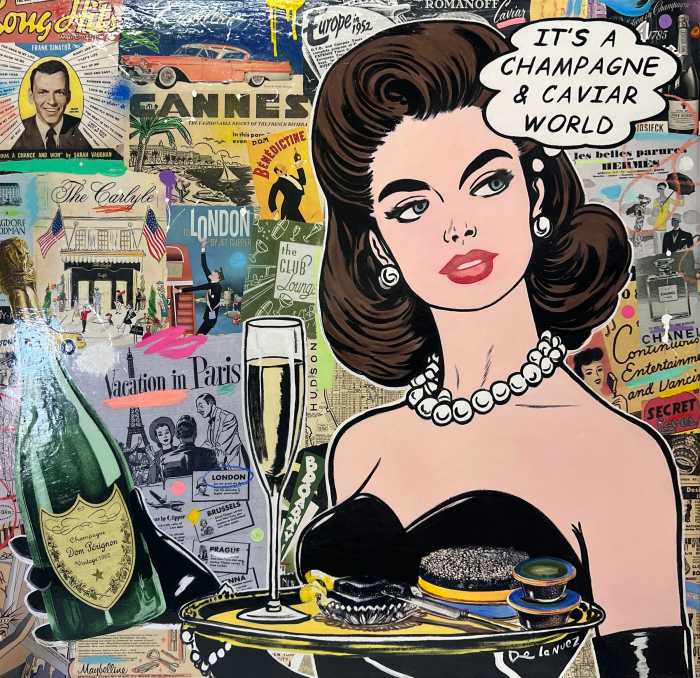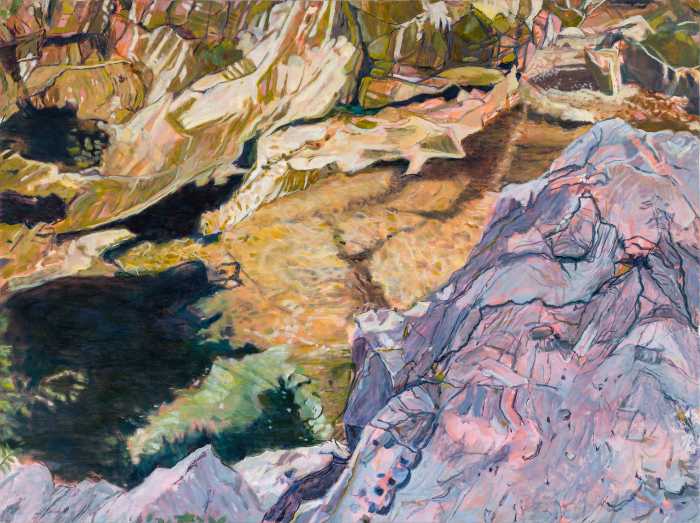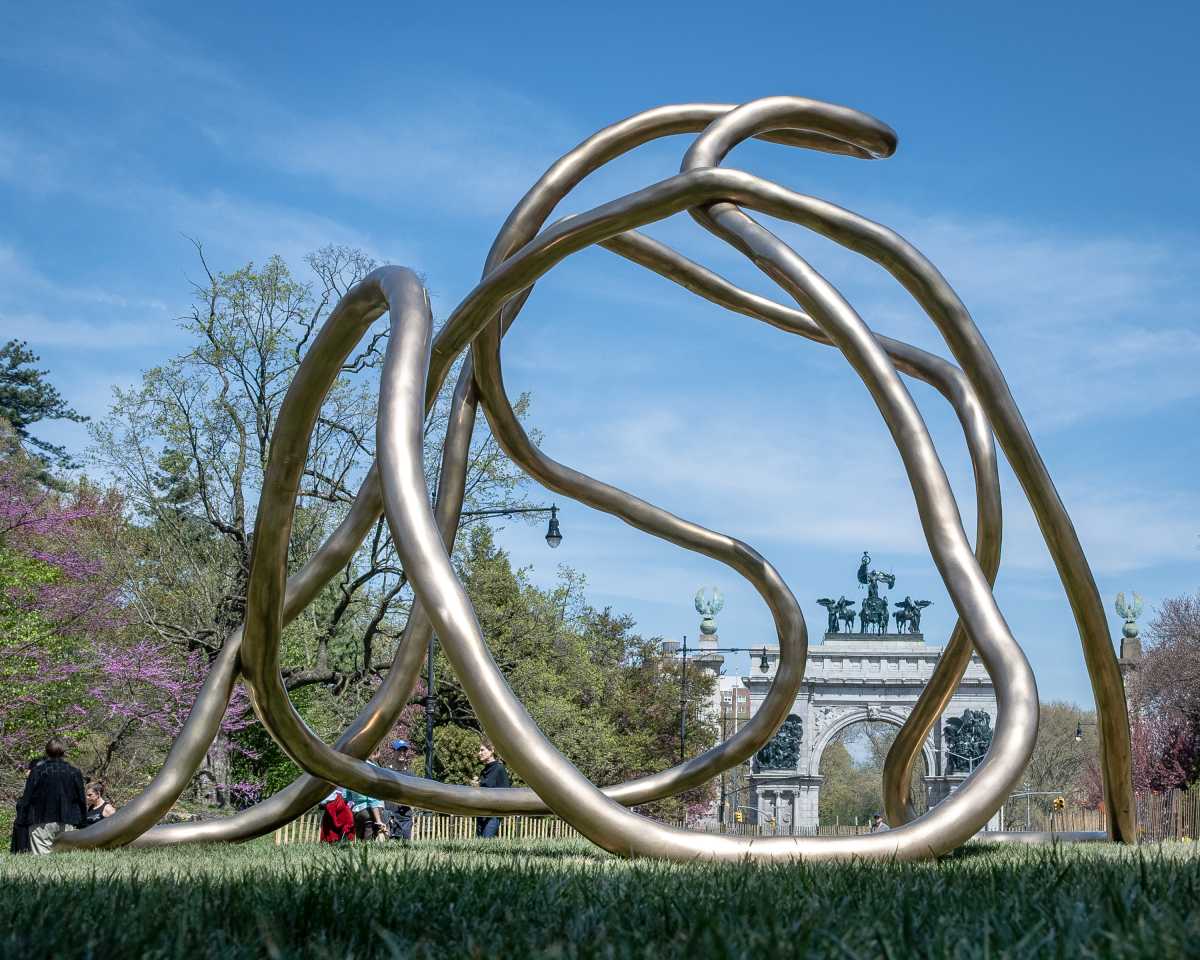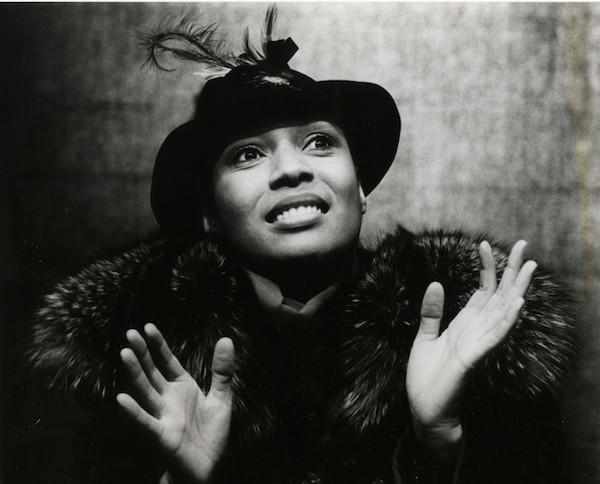
BY TRAV S.D. | The year 2016 saw the 125th birthday of trailblazing African American writer, folklorist, and anthropologist Zora Neale Hurston (1891-1960). To mark the occasion, the New Federal Theatre is reviving their 1998 production of Laurence Holder’s “Zora Neale Hurston: A Theatrical Biography.”
Sometimes known as the “Queen of the Harlem Renaissance,” Hurston had a life and a career that were extraordinary by any standard. Raised in Eatonville, Florida, America’s first town to be incorporated and governed entirely by African Americans, Hurston went on to study at Howard University and later Barnard College. While at Barnard, she was tapped by anthropologist Franz Boas to collect material on the folk culture of African Americans, a lifelong project that would come to embrace a study of the people of the Caribbean as well.
Said Woodie King Jr., artistic director of the New Federal Theatre and director of the upcoming play, “She was a pioneer of promoting the folkways of African Americans that had been unheard up until that time. She went into the South and collected tons of stories. She studied folk music and blues songs, she spoke with people on chain gangs, in prison, in lumber camps, at fishing holes, on front porches. It all had an impact on her.”
Hurston had already begun publishing her fiction prior to this folklore fieldwork, becoming one of the key players in the Harlem Renaissance by the mid-1920s alongside such figures as Langston Hughes. Her subsequent studies of folk culture would come to enrich her short stories, novels and non-fiction works of a decade later to a marked degree, giving them a distinct, authentic flavor. Her principle works were written during the Great Depression: the novels “Jonah’s Gourd Vine” (1934), “Their Eyes Were Watching God” (1937, her best-known work), and “Moses, Man of the Mountain” (1939), and the non-fiction works “Mules and Men” (1935) and “Tell My Horse” (1938). In the 1940s there followed a memoir “Dust Tracks on a Road” (1942), and one last published novel “Seraph on the Sewanee” (1948).
Over the years she also wrote plays, poetry, short stories, articles, and opinion pieces. In later years she fell out of favor. The fact that she wrote in phonetically rendered black dialect (an outgrowth of her anthropological fieldwork) alienated her from many black readers and intellectuals (including novelist Richard Wright), as did the fact that she was an outspoken political conservative. In 1948 she was framed by Florida authorities, who accused of her molesting a 10-year-old boy, a crime of which she was manifestly innocent, having been in Honduras at the time. This incident finished her career as a public figure. Hurston spent her remaining 12 years both penniless and obscure.
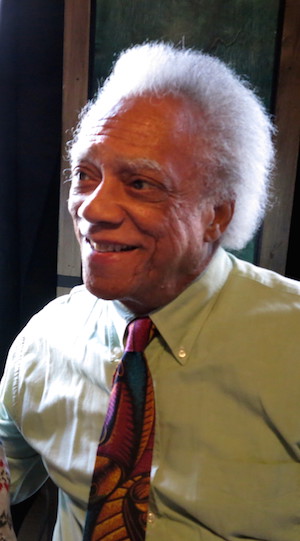
According to playwright Holder, Hurston’s famously go-it-alone personality contributed to this isolation. “She didn’t really like authority, and being a woman, she was constantly being upbraided by men, being told to stay in the kitchen and so forth. She rebelled against it. She knew who she was and was quick to remind everyone. But,” he added admiringly, “she was one bad-ass bitch! She told Langston Hughes and Richard Wright where to go. And these were all guys who were helping her out! She castigated [scholar] Alain [LeRoy] Locke and he was the one who helped her get into Barnard. So she didn’t really belong to anyone. She was a loner.”
In 1973, Hurston’s unmarked grave was located by the young writer Alice Walker, who collaborated with others to erect a headstone, and led the rehabilitation and popularization of Hurston’s place in American literary history, beginning with a 1975 article in Ms. Magazine entitled “In Search of Zora Neale Hurston” (later anthologized as “Looking for Zora”). With renewed interest by the public, Hurston’s works were republished, re-evaluated and celebrated, and are now considered classics. “Their Eyes Were Watching God” was made into a 2005 TV movie by Oprah Winfrey and Quincy Jones, starring Halle Berry.
“Their Eyes Were Watching God” is the same book that inspired playwright Laurence Holder’s decades-long engagement with Hurston. “When I read that book I was floored — floored!” he said. According to Holder, he immediately began working on an adaptation that was being workshopped in 1979 when a call from Hurston’s estate shut it down. “That’s when I started writing a biographical play,” says Holder. This became “Zora,” which starred a then-unknown Phylicia Rashad and was presented in 1981 on a double-bill that also included Holder’s biographical play about Malcolm X entitled “When the Chickens Came Home to Roost” — starring a then-unknown Denzel Washington (now, there’s a night of theatre I wish I could go back in time to see!).
In total, Holder has written five theatrical works about Hurston. In 1998, his “Zora Neale Hurston” was presented as a co-production of the American Place Theatre and Woodie King, Jr.’s National Black Touring Circuit, starring Elizabeth Van Dyke, who had directed “Zora” back in 1981. The play is a two-hander; all the men in Hurston’s life were played by Joseph Lewis Edwards. Both actors are returning for the present revival. For her portrayal of Hurston in the original production, Van Dyke won an AUDELCO Award for Best Actress.
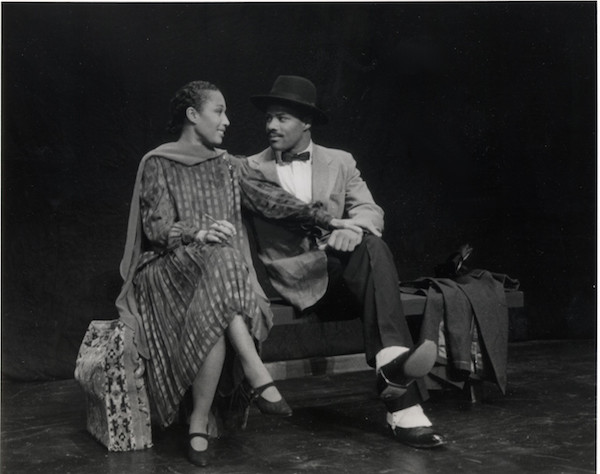
In the 18 years since that last production, America has seen the election of its first black president, and the appointments of its first black attorney general, and two black secretaries of state, including the first black female in that position. Oprah Winfrey became the world’s first black female billionaire. At the same time, America has continued to deal with issues of racial division, most markedly in the area of unfair practices in law enforcement and the criminal justice system. What does a figure like Hurston have to tell us today?
Said King, “It would be amazing for me to know that this show would help audiences discover a figure who was present at the Harlem Renaissance, through the Great Depression, through World War II, through the beginning of the Cold War, who wrote about all this, who gave us that vast canvas, that history. The story of Zora Neale Hurston really is a large part of the story of African Americans in the 20th century.”
Through Nov. 20. Thurs., Fri. & Sat. at 8pm; Sat. & Sun. at 2:30pm. At the Castillo Theatre (543 W. 42nd St., btw. 10th & 11th Aves.). For tickets ($40; $30 for students/seniors; $25 for groups of 10 or more), visit castillo.org or call 212-941-1234. Visit newfederaltheatre.com. A Scholar’s Panel will be held immediately following the 2:30pm Oct. 30 performance.





